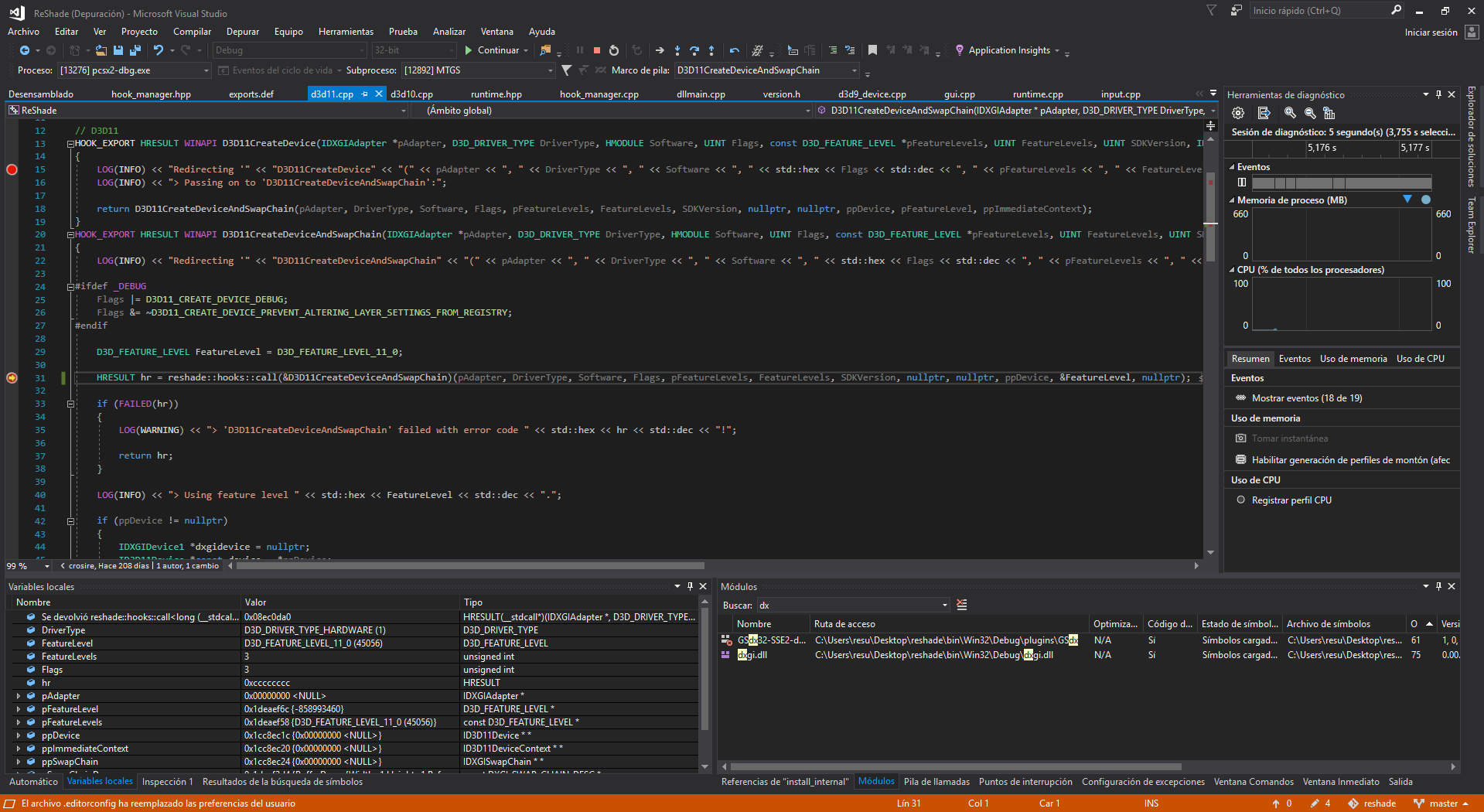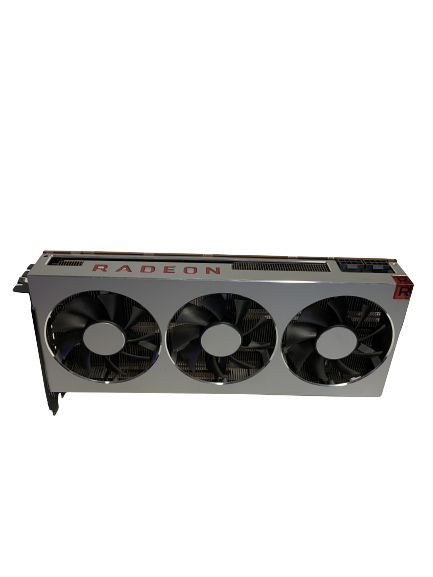
Support for D3D11, D3D9, D3D8 (processed, however not all methods/techniques, but should work for 95% of all games). Theoretically all extracted information could be import in the 3D editor! current version: 1.1.2 RIPPERĮxtracting all available vertex information of the models (position, all the texture coordinates, normals, weights, BLENDWEIGHT, BLENDINDICES, BINORMAL, TANGENT), indices, textures, shaders. Utility to extract / ripping 3d models (mesh), textures, shaders directly from the running game. When you set this attribute, tessellation is controlled by the distance of the object from the camera.Ninjaripper's Contributors Oct Nov Dec Jan Feb Mar Apr May Jun Jul Aug Sep Oct Sun Mon Tue Wed Thu Fri Sat Use this option to control the bounding box to avoid inadvertently clipping your object when displacement is used. You can also useīounding Box Extra Scale to avoid inadvertently clipping your object. Use this attribute to set the maximum displacement to determine when a face of an object is clipped from view. This may occur in scenes with a landscape or objects that are long and wide. In cases of extreme displacement, Maya may clip away faces inadvertently. An offset of 0.5 would extrude half as much as an offset of 1.0. Likewise, if the offset is set to 0, a black color is not displaced. An offset of 0 would produce an indentation. Use this attribute to control the base value for your displacement.įor example, if the offset is set to 0.5, a gray color is not displaced.

However, if you have a legacy scene, the same settings from Extension 1 for Maya 2013 should also work for Maya 2015 / Maya 2014 / Extension 2 for Maya 2013. Therefore, when creating a new scene in Maya 2015 / Maya 2014 / Extension 2 for Maya 2013, you must adjust the Displacement Offset or Displacement Height values manually. In general, you should set the Displacement Height to 1 and Displacement Offset to 0 for tangent vector displacement maps and Displacement Height to 1 and Displacement Offset to 0.5 for greyscale displacement maps. However, if you have a legacy scene, you must adjust your height and offset values to achieve the same result as in Extension 1 for Maya 2013. exr files for tangent vector displacement maps, you should set your Displacement Offset to 0 and your Displacement Height to 1. exr files for greyscale displacement maps, you do not need to adjust the Displacement Offset or Displacement Height values and the default settings should work automatically. When creating a new scene in Maya 2015/ Maya 2014 / Extension 2 for Maya 2013, if you are using. Use this slider to rotate your IBL map for example, if you want the sun in your IBL map to appear elsewhere on your object.Īdjust this attribute to reduce pinching artifacts that may occur with some spherical maps. Use this slider to blur the image based map. Use this slider to increase or decrease the intensity of your image based lighting. dds cube map or a 2D spherical or latlong map or, a combination of a cube map and a 2D map. Select from the drop-down list the type of IBL map(s) that you are connecting. Select this option to connect a 2D spherical or latlong map. This feature allows you to rapidly prototype your character in different lighting environments. dds cube map or a 2D spherical or latlong map or, a combination of a cube map and a 2D map. Use this feature to add image based lighting to your scene.

Increase this value to create the light bouncing effect, softening the appearance of the skin. Use this option to apply different amounts of blended normal diffuse to different parts of the object. The shadowmap is then multiplied with the diffuse to create baked shadows. Use this attribute to control how quickly the light's intensity decreases with distance.įor more information, see Decay Rate in Area Light options.ĭepth Peeling Transparency Algorithm withĭiffuse Map Alpha is currently not supported. This is the angle (in degrees) from the edge of the spot light’s beam over which the intensity of the spot light falls off linearly to zero.

Use this attribute to set the penumbra angle for your spotlight. This is the angle (in degrees) from edge to edge of the spot light’s beam. Use this attribute to set the cone angle for your spotlight. Use this attribute to set the direction of your light. A light with a negative intensity value removes light from a scene in the area of the light’s influence. A light with an intensity value of 0 produces no light. Use this attribute to set the brightness of the light. Click the swatch either to change the light’s color in theĬolor Chooser or to map a texture to the light.


 0 kommentar(er)
0 kommentar(er)
